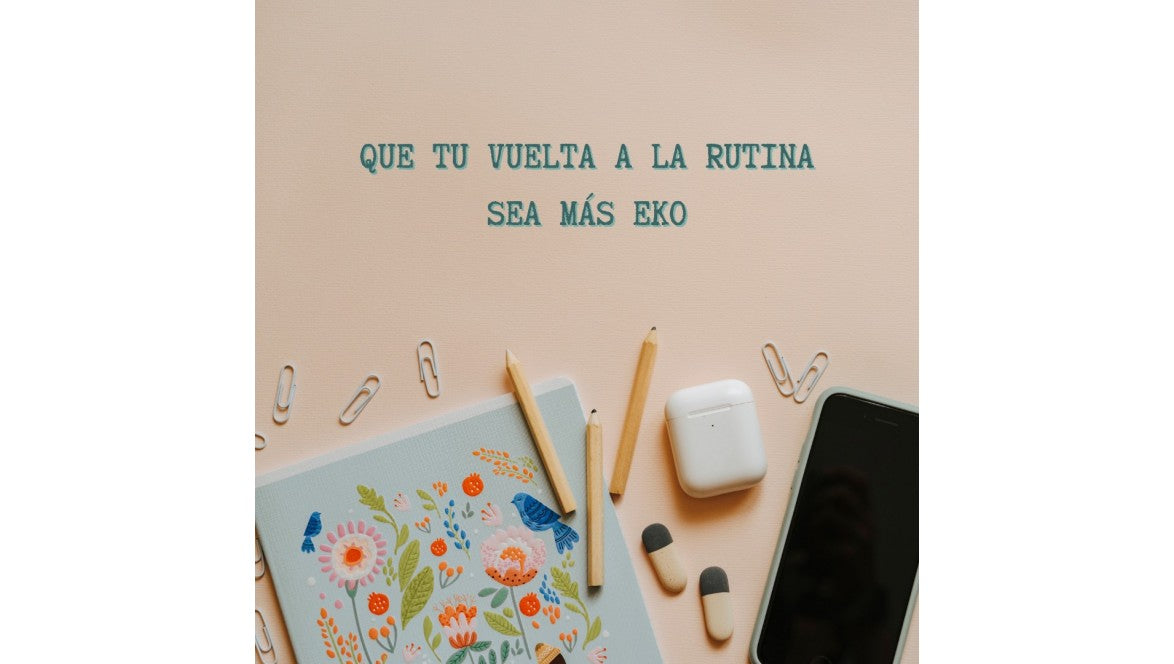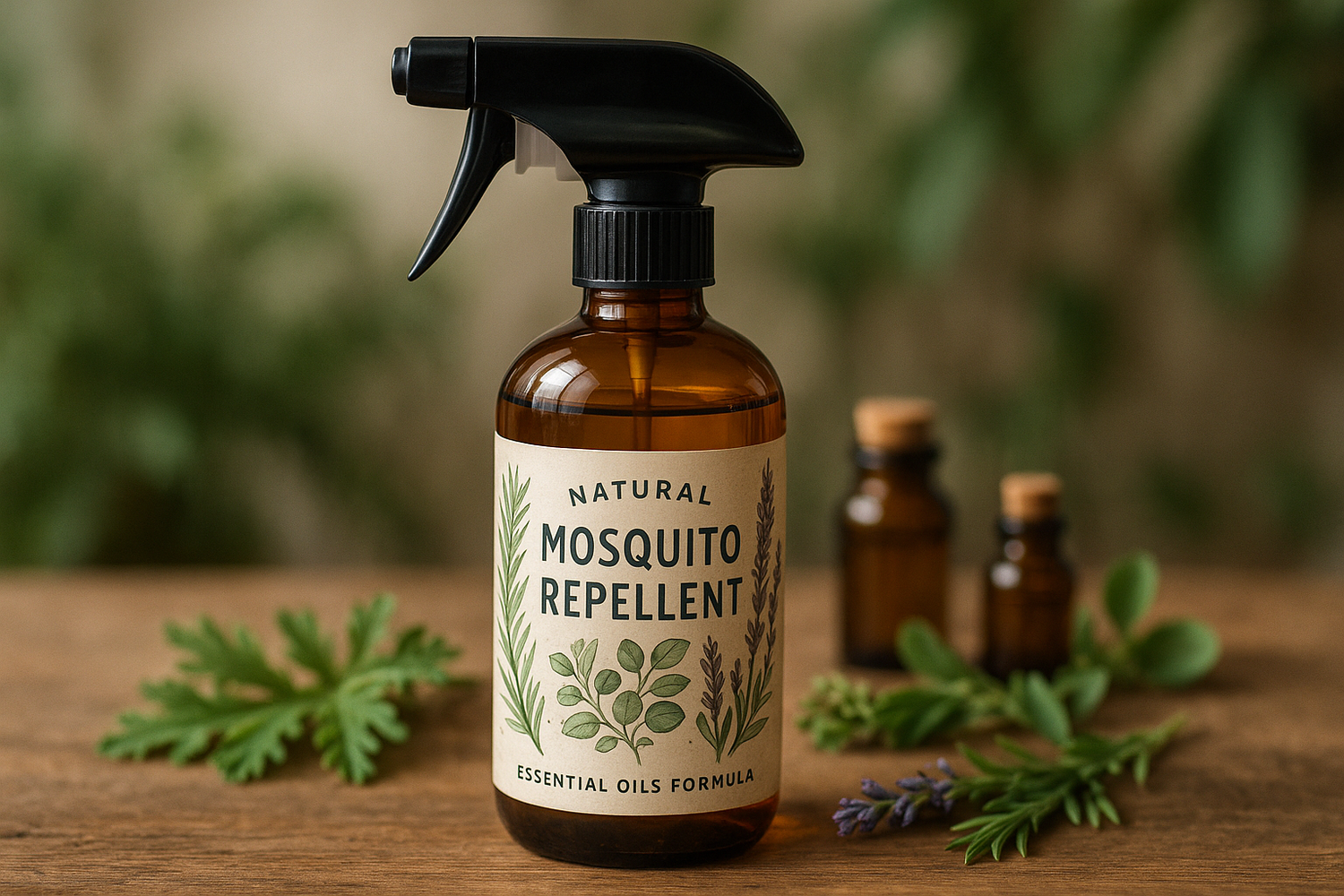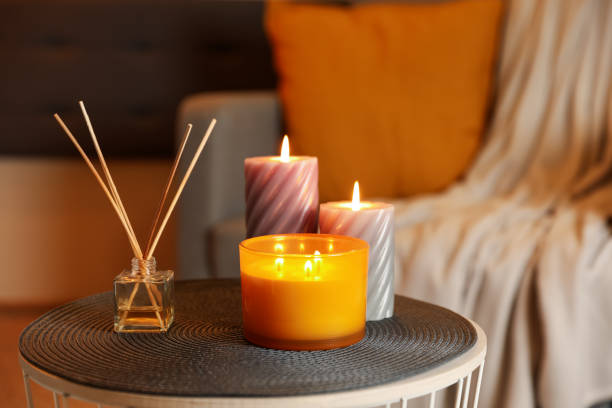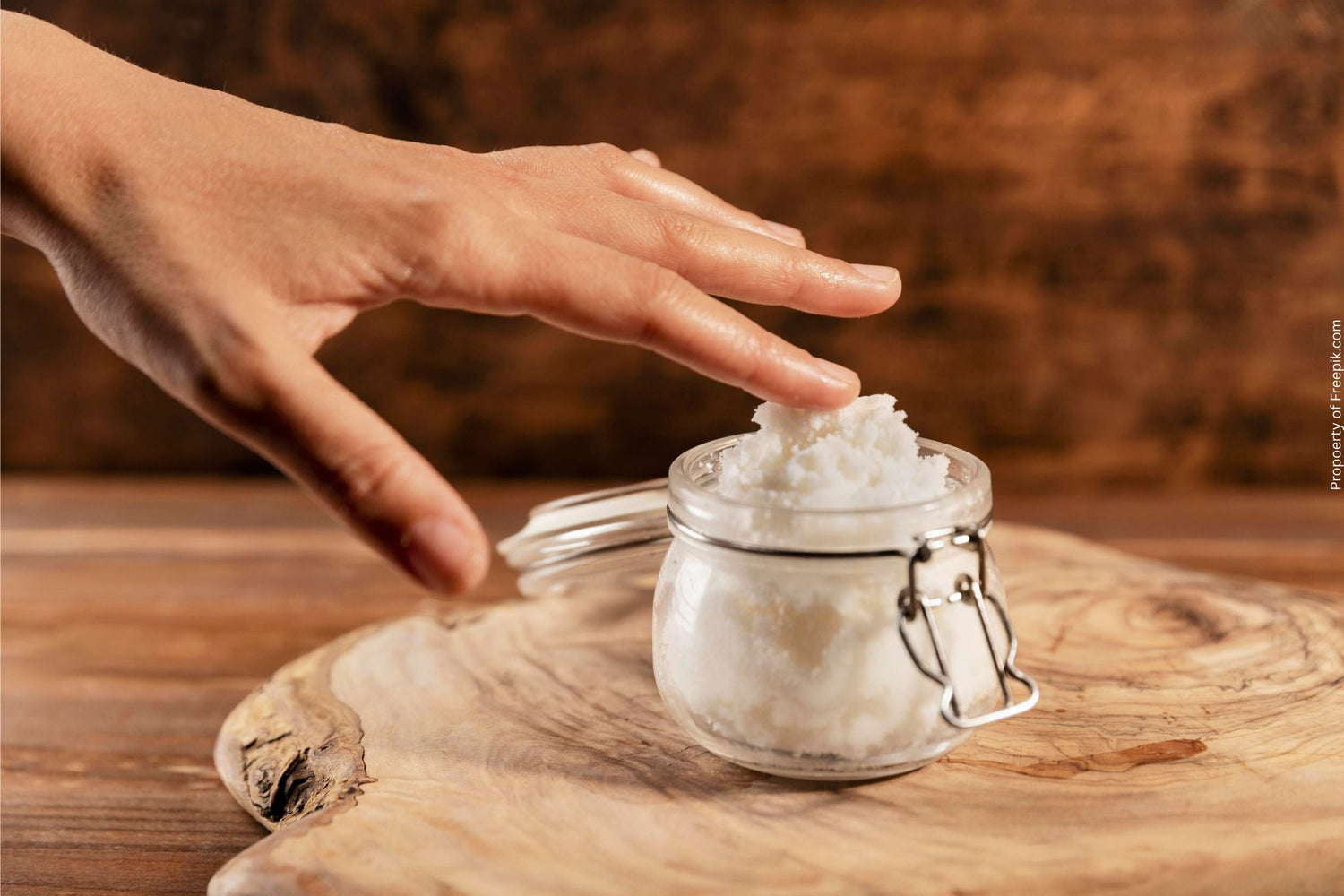We're already in one of the busiest months of the year. Classes and new projects are starting, and we need to gear up . And the excitement of using new materials? We know it, we feel it too.
Today we want to offer you a reflection on beginnings and whether everything needs to be new. We're going to suggest sustainable solutions (which are also more economical) that also allow for that excitement, the renewed energy that new beginnings bring .
All the tips we're going to give you apply to all the most common items purchased when returning to school or the office: clothing, stationery, books, electronic devices for the office...
USE WHAT YOU ALREADY HAVE
Well, if we start like this... Hehe. Yes, I know it might be a bit disappointing, but, really, the most sustainable thing for the planet is to use what we already have so we don't have to use resources to make new things.
But to make it a little more attractive, we suggest doing a thorough review that will allow you to do two things:
- Discarding things that are no longer useful or used . It's a great way to create space and a cleaner energy.
- Identify needs , which don't necessarily mean buying new things. Maybe some things simply need to be moved so they fit better, so they're closer at hand... This will give a new look.

REPAIR AND MODIFY
You already know which items you're going to keep. Do any of them need a little repair? Do you want to give them a new look?
Extend the life of your belongings by repairing them . If you don't know how or don't have the time, hire a professional. Be part of the circular economy by generating income for others whose families are like yours and mine.

If you've grown tired of the look of your belongings, or if they're a bit worn but still functional, consider decorating or modifying them. For example, you can check out these videos by Nica Bernica, in which she creates her own stationery items from materials around the house and transforms existing ones to continue using them and make them look more beautiful.
SECOND HAND
If you've discovered something you need to buy, how about buying it secondhand? Again, you'll avoid using the planet's finite resources to manufacture new things .
For example, if you need to buy some computer equipment, consider whether refurbished equipment might be an option. It's quite striking how quickly some people replace their devices, leaving their previous ones in perfect condition; even more so if a professional has performed a tune-up, which is what refurbishing entails.
And, of course, there are tons of options for buying secondhand clothes . Have you tried this option yet?
RESPONSIBLE CONSUMPTION
If after reviewing and evaluating repair and second-hand options, you come to the conclusion that you need to buy something, we encourage you to do so from a small business, a personal brand if possible, that uses sustainable materials and cares about the way its products are manufactured and distributed .
REUSABLE OBJECTS
Finally, we suggest you think a little about whether any of the things you use every day can be replaced by reusable objects .
For example, if you frequently eat out or your kids bring their lunch to school, consider using non-disposable lunch containers . The same goes for drinks: use reusable bottles and cups .
If you have to brush your teeth outside the home, take your wooden toothbrush with you in its case , also made of wood.

Another interesting resource is washable cloth handkerchiefs that come with their own covers. A small change that has a huge benefit, not only in terms of the manufacturing and distribution of handkerchiefs, but also in reducing waste.
Are you considering any of these actions for returning to your routine? Do you have any other ideas? We'd love to hear about them on our social media.




